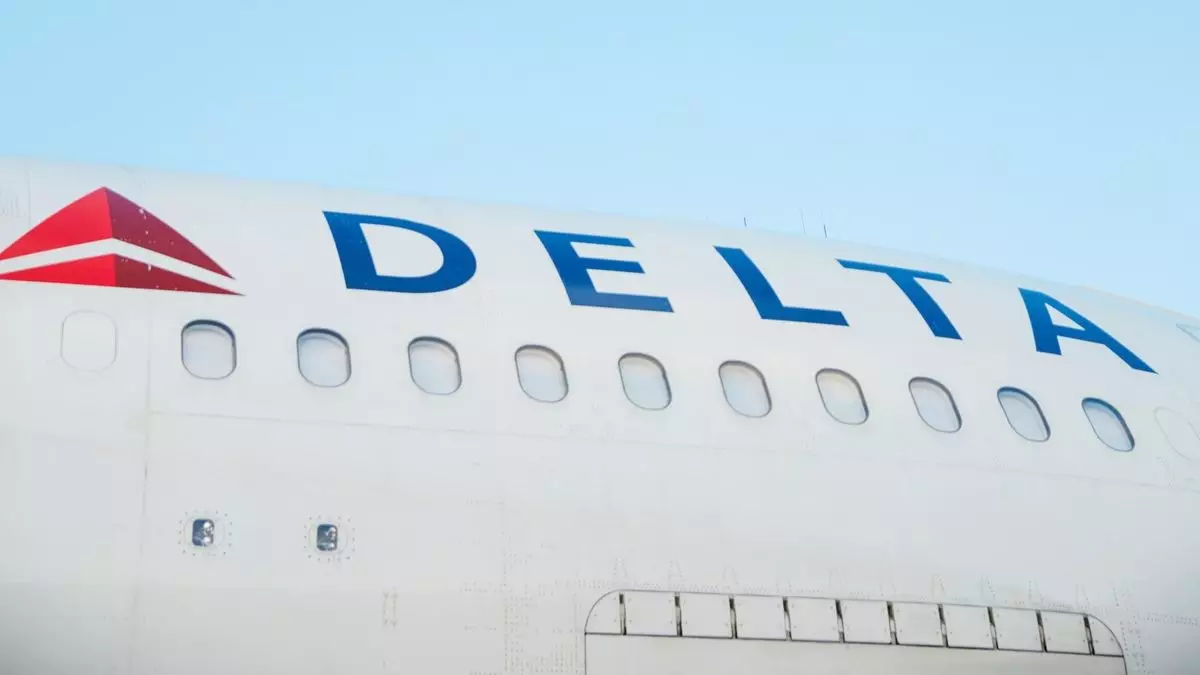Delta Airlines, known for its reliability in limiting flight cancellations, experienced a significant setback in July due to the slow recovery from the CrowdStrike outage on July 19th. According to Cirium, an aviation analytics company, Delta’s cancellation rate skyrocketed to 5.28% in July, a stark contrast to its 0.8% rate in June. This plunge placed Delta at the bottom of the U.S. industry in terms of flight cancellations for the month.
Similarly, United Airlines also struggled to bounce back from the CrowdStrike outage, albeit recovering faster than Delta. United had the second-highest cancellation rate in July at 3.4%. This slow recovery affected the travel plans of many customers, with approximately 1.3 million individuals experiencing disruptions in their flights.
In contrast to Delta and United, Southwest Airlines emerged as a leader in the industry with a cancellation rate of just 0.57% in July. The airline experienced no operational impact from the CrowdStrike outage, showcasing its resilience and commitment to operational excellence.
The CrowdStrike outage not only affected U.S. carriers but also had a significant impact on other North American airlines, including Air Canada and WestJet. The combined flight delay count for the 10 North American airlines tracked by Cirium increased by 98% between June and July, totaling 23,393 delays. Alaska Airlines outperformed other carriers in terms of punctuality, boasting an on-time rate of 77.51%.
Despite their higher cancellation rates, United and Delta ranked second and third, respectively, for on-time performance among North American airlines. United achieved an on-time rate of 73.12%, while Delta maintained a rate of 72.36%. On the other hand, Spirit Airlines faced challenges in punctuality, recording an on-time rate of 65.19%. WestJet struggled even more, with an on-time performance of 60.85% coupled with a cancellation rate of 5.98%.
Overall, the impact of the CrowdStrike outage on U.S. airlines in July was significant, leading to disruptions in flight schedules and customer travel plans. While some carriers were able to recover swiftly and maintain operational excellence, others faced challenges in adapting to the aftermath of the outage. As the industry continues to navigate unforeseen challenges, airlines must prioritize resilience and adaptability to ensure seamless travel experiences for passengers.

